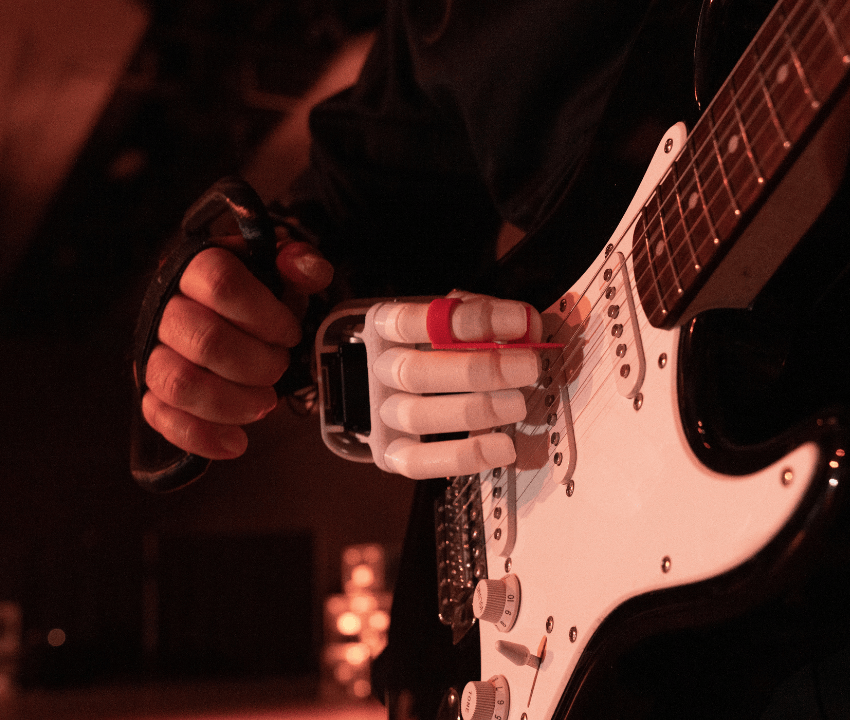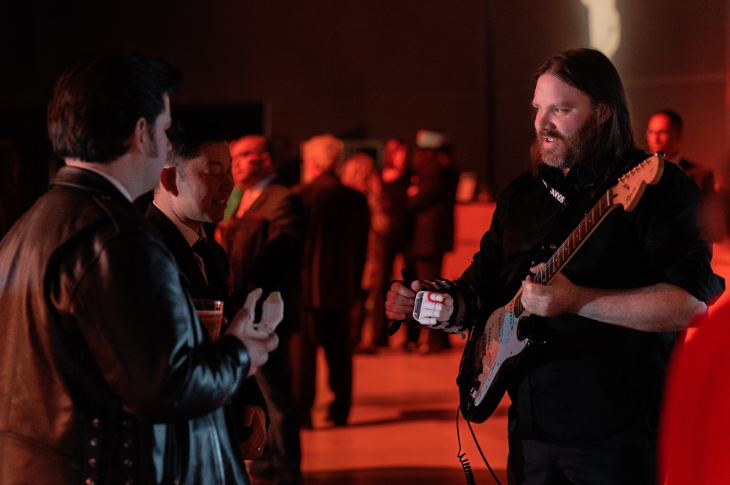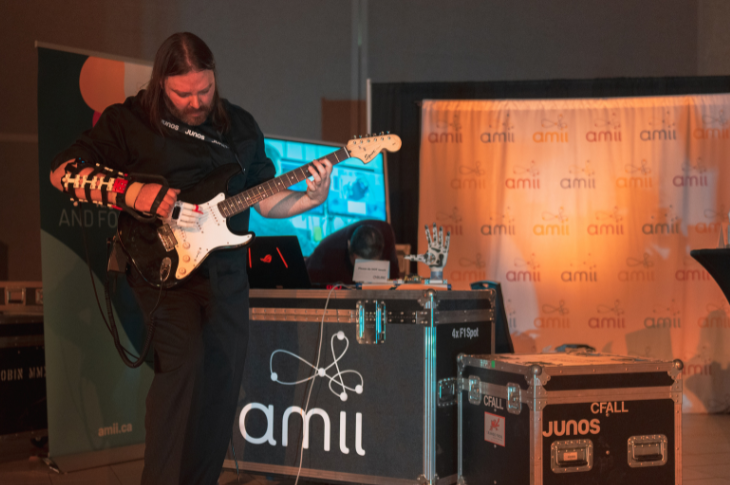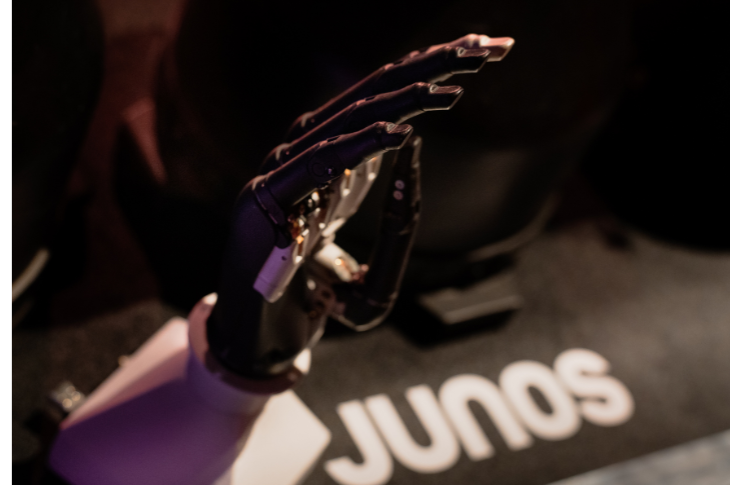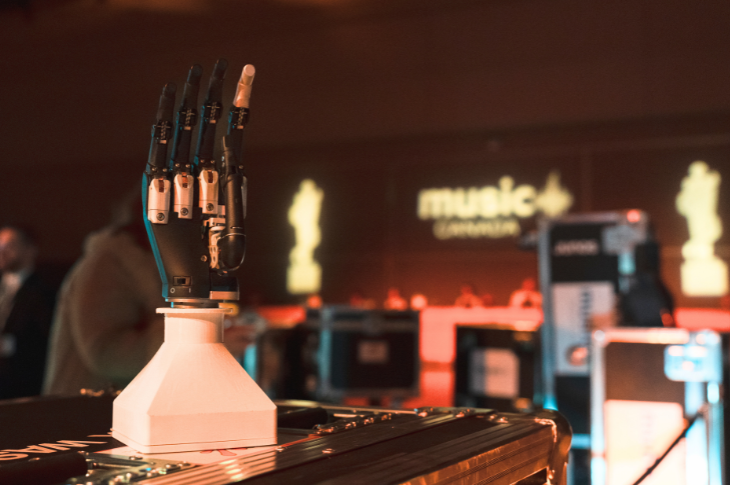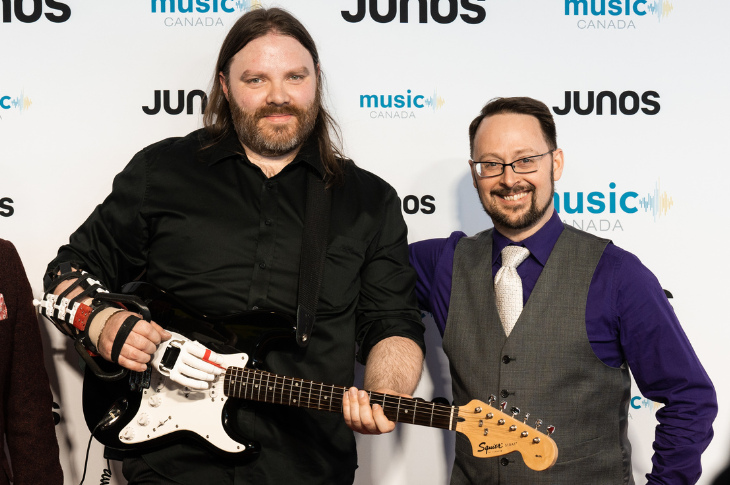What does designing a robotic prosthetic arm and greasing landing gear on a jet airliner have in common? More than you might think according to Dr. Adam Parker BEng, PhD (AME ’06).
He is a leading researcher in robotics at the University of Alberta with a specialization in artificial intelligence (AI) powered bionic limbs. He’s also a graduate of the Aircraft Maintenance Engineers Technology program. After graduating from SAIT, Parker spent a brief time in the airline industry before continuing his education.
“I worked as a baggage handler, then as an apprentice mechanic for a major airline. My duties were mostly greasing landing gear,” he chuckles.
Parker realized this kind of work wasn’t for him and decided to further his studies in electrical engineering, first at the University of Calgary, then at the Northern Alberta Institute of Technology (NAIT), then at the University of Alberta where he met his mentor, Dr. Patrick Pilarski, a researcher who investigates advanced prosthetic and robotic systems and how they interact with people.
“I approached him and said’ I have this background in electrical engineering and electronics, and I have experience using hand tools. Is there something that you're doing that I could apply these skills to?’ and he took me on for a project to see what I could do, and I suppose I impressed him enough that he kept me on.”
Parker began his research in Rehabilitation Medicine at the U of A’s BLINC Lab—Bionic Limbs for Improved Natural Control, exploring how people use robotic artificial limbs. Instead of focusing on how AI can be used to teach the artificial limb its moves, he tests ways for AI to learn, adjust its behaviours and provide feedback in real time. In other words, the limbs collaborate with their human users. Parker says the goal is to make people and their AI-powered limbs “partners.”
Parker used another one of his many skills to demonstrate how highly specialized limbs work to the public. He took to the stage at the 2023 JUNO Awards in Edmonton on behalf of Amii, the Alberta Machine Intelligence Institute. Parker is a guitar player, and he used a robotic arm to show how it could be used to play rock ‘n’ roll. It was a high-profile way to demonstrate that people with limb loss could use an AI-assisted prosthetic device to play an instrument, something often thought impossible without this technology.
Parker points out that helping people with limb differences isn’t the only application. They could eventually have industrial uses, possibly during space missions.
“A space suit could be equipped with extra limbs. You could imagine having a third or fourth robot arm and they could be interconnected with the operator’s own arms.”
Parker recently completed his PhD and continues to conduct postgraduate research and instruct students. He says he’s a proud SAIT graduate and uses the skills he acquired at the Art Smith Aero Centre to shape his unique approach to inquiry and learning.
Referring to his SAIT experience, Parker reminds his students to never turn down a chance to learn. “You're always learning something that will continue to be of value in ways that no one can anticipate. No matter what you study, you’ll always gain valuable internal tools and experience.”
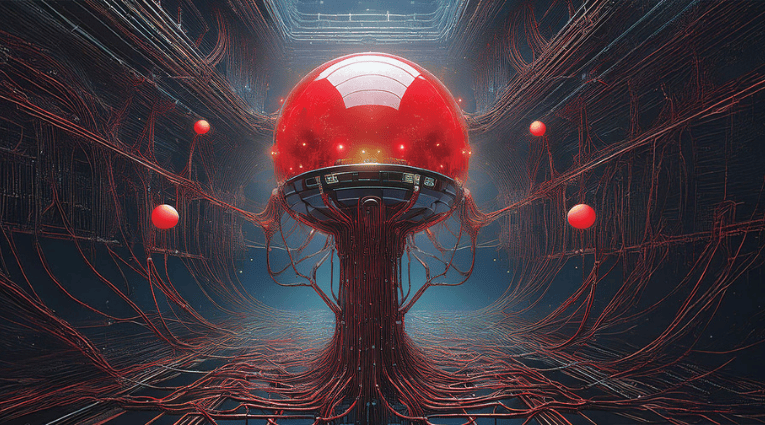
Read more LINK
Artificial Intelligence: Step into the brainstorm
In a 2024 Leger Survey, only 13% of Canadians aged 55 and older reported using artificial intelligence tools. LINK explores why they might want to try — and how to get started./p>

Oki, Âba wathtech, Danit'ada, Tawnshi, Hello.
SAIT is located on the traditional territories of the Niitsitapi (Blackfoot) and the people of Treaty 7 which includes the Siksika, the Piikani, the Kainai, the Tsuut’ina and the Îyârhe Nakoda of Bearspaw, Chiniki and Goodstoney.
We are situated in an area the Blackfoot tribes traditionally called Moh’kinsstis, where the Bow River meets the Elbow River. We now call it the city of Calgary, which is also home to the Métis Nation of Alberta.
